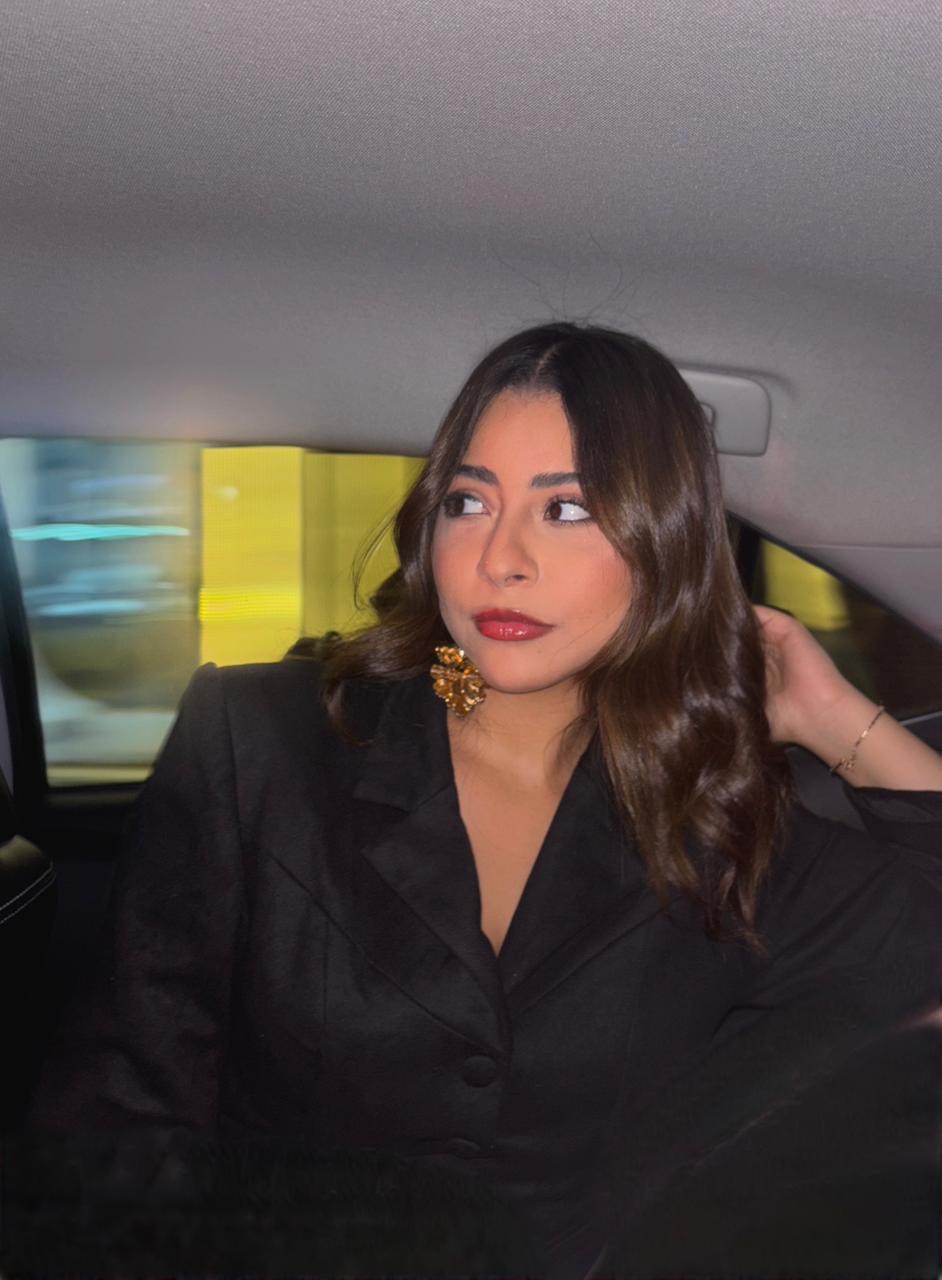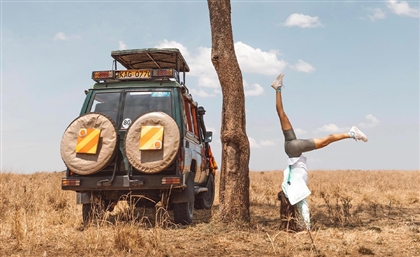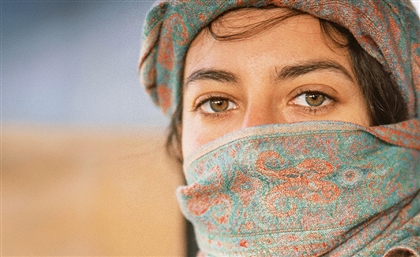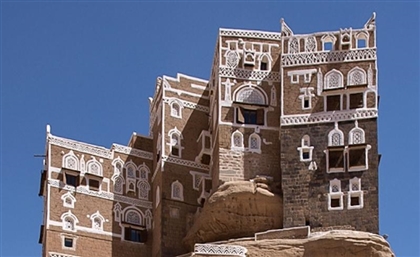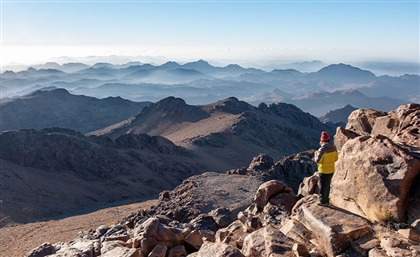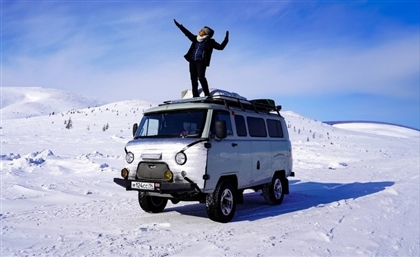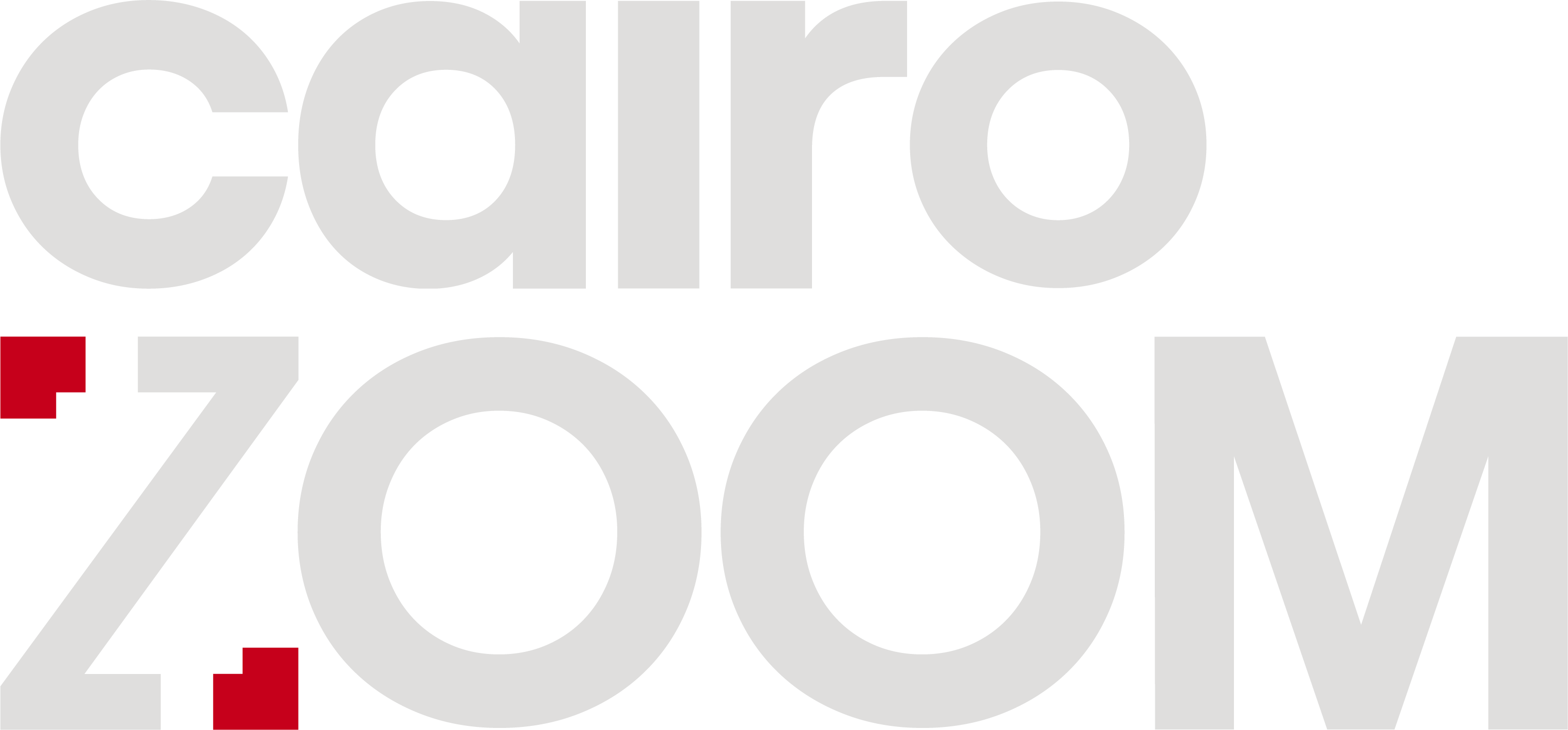Egyptian Photographer Ahmed Abdeltawab Finds the Human in Nature
Ahmed Abdeltawab doesn’t chase the spectacular. His landscape photography works by staying still, editing slowly, looking longer, and noticing what’s too often left outside the frame.
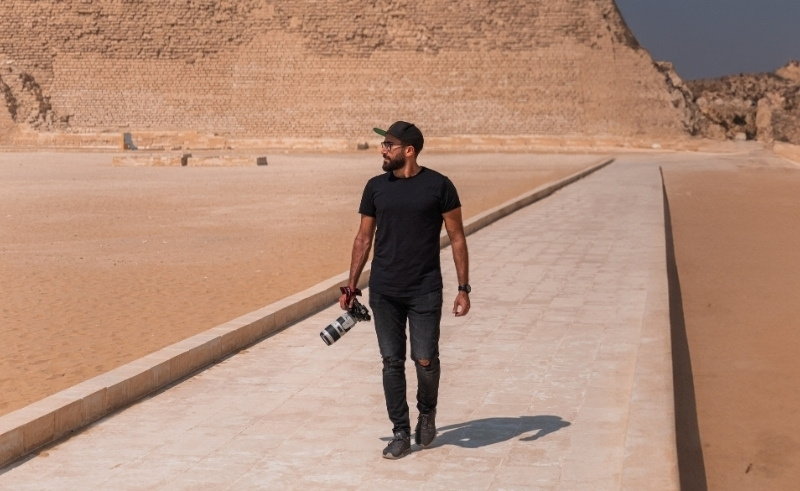
Originally Published on Aug 8, 2025
In the age of hyperreality and algorithmic aesthetics, it’s easy to forget that photography once began as a question of presence. Presence in seeing the world as it moves.Egyptian travel and landscape photographer Ahmed Abdeltawab shoots something slower, and more observant than the scroll demands. In his hands, the camera becomes less a tool for documentation and more a portal—into the heart of a landscape that lingers long after it disappears in the rearview mirror.
Abdeltawab’s journey began in 2015, on a university trip across Europe. In Interlaken, Switzerland. “I had a basic point-and-shoot camera. Nothing professional. I just wanted to document the trip.” Then came a moment. A road. A mountain. Mist. “I took a photo, looked down at the screen, then looked up again. And I realised: this is what I want to do.” He recalls a small detail, a car behind him waiting patiently as he stood, transfixed, composing the shot. "The driver didn’t even honk. It felt like he wanted me to keep going.”
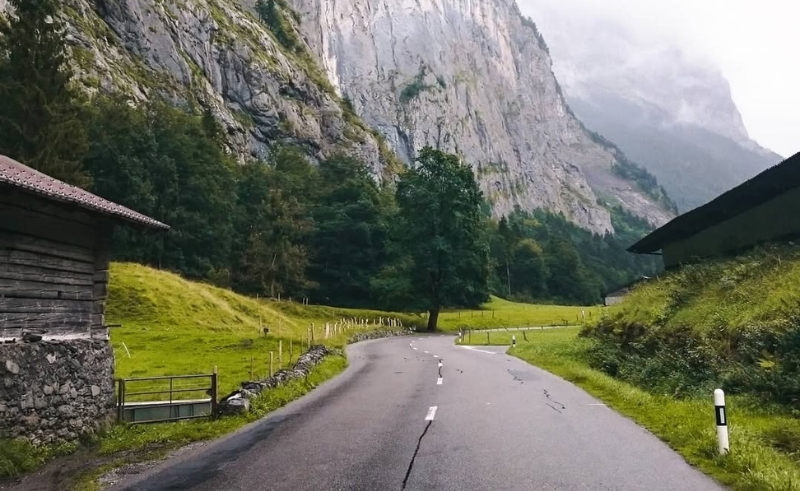 The photo that led Ahmed Abdeltawab to landscape photography.
The photo that led Ahmed Abdeltawab to landscape photography.
“It’s a misconception that landscape photography has to be wide,” Abdeltawab says. “If I’m seeing a place for the first time, I might start from a bird’s-eye view, but then I zoom in and find the hero—a pattern, a human trace, a small element within the landscape. It’s still part of the big story. But it makes you see the big story in a different light.” It’s this oscillation, between the vast and the intimate, the theatrical and the tender, that defines Abdeltawab’s work. His landscapes are never just about land but also about encounter.
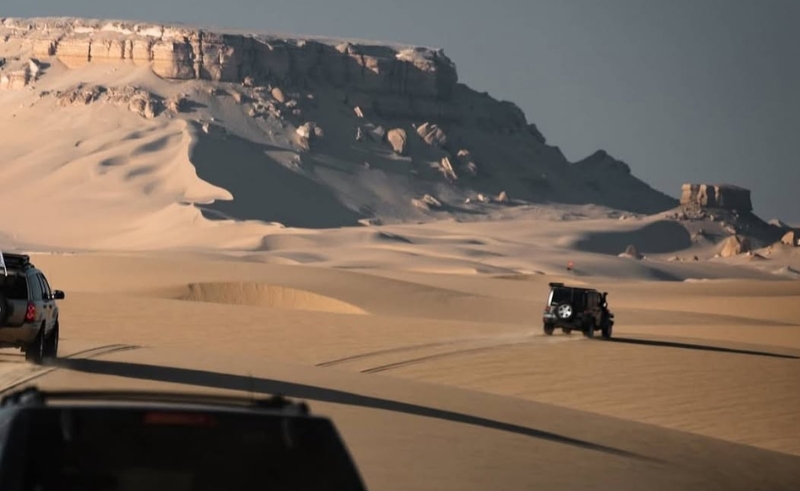
This ability to hold scale and sensitivity in one frame might explain how he moves so fluidly between terrains. From the fog-softened green highlands of Abha to the sunburnt dunes of Fayoum, Abdeltawab’s portfolio feels like a regional atlas in a language of feeling, not fact.
“Photography has two main parts,” he explains. “The photo, and the message I shape through the edit. When I’m on location, I don’t just shoot. I move through the place, understand it, live it. And then I edit it the way it feels, if it’s overcast, the edit is cold. If it’s sunrise, I shift the tones to something warmer.”
Editing, then, becomes a kind of emotional cartography. A process of translation. Abdeltawab has a signature style, yes, but that style bends with the weather, the time of day, the mood of the place. “It’s like teleporting,” he says. “Every environment demands its own language.”
This fluidity extends into his commercial work. At a time when tourism photography often blurs into a scroll of flat-lay breakfasts and empty infinity pools, Abdeltawab manages something trickier. He tells a story without flattening it. “I’ve been lucky,” he admits. “Most brands that approach me already understand what I do. They know I’m not here just to document a building or an interior. I’m interested in how the place is immersed in nature, how everything is interconnected. That’s what I try to capture.”
But don’t let the quiet fool you. Behind every photograph is an orchestration of timing, technical planning, and sheer endurance. “You can’t replicate a shot,” he says. “Even if you stand in the same spot at the same time, it’ll never be the same.” For certain projects, like photographing the Milky Way, there’s a strict calendar. “Some days of the month, in certain seasons, at very specific windows — that’s when the shot happens. You plan, you try, and then you wait.”
This choreography extends to wildlife too. “Sometimes you wait for a wave, or a bird to move in the light. You need patience, anticipation, speed. With animals, you read their body language, you can sense when a bird is about to fly. But nature’s never predictable. A small shift can change everything.”
One such subtle shift changed Abdeltawab’s own creative trajectory. In 2020 he was in Fayoum on a shooting trip, he was planning to shoot the desert at dawn then the milky way at night. His guide’s cousin had walked across the scene moments before the shoot, leaving a trail of footprints. “The guide was shouting. He thought the shot was ruined.” But Abdeltawab looked again. “It added depth. It gave the image life.” He kept the prints in. The result is one of the most quietly stirring photos in his portfolio.
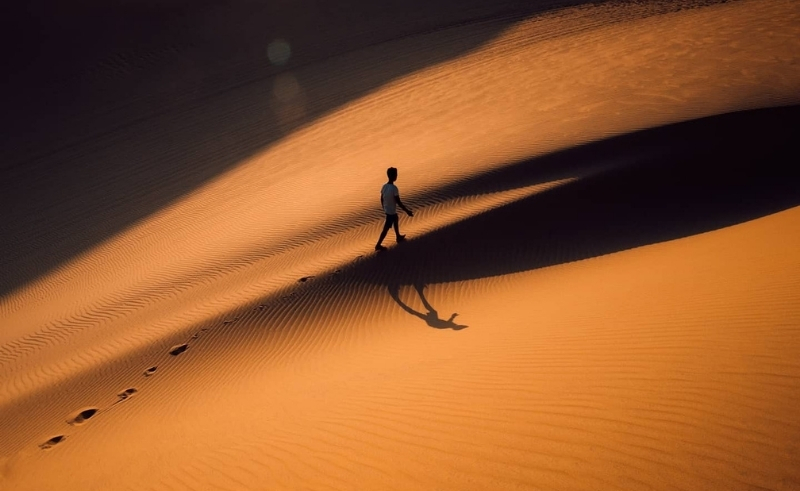 Human imprints across the sand dunes of Fayoum.
Human imprints across the sand dunes of Fayoum.
Later, he applied the same approach while shooting the Milky Way. “It was a zero-moon night. Perfect for the stars. The galaxy arcing above, and a lone figure below, as if standing on the edge of time itself.”
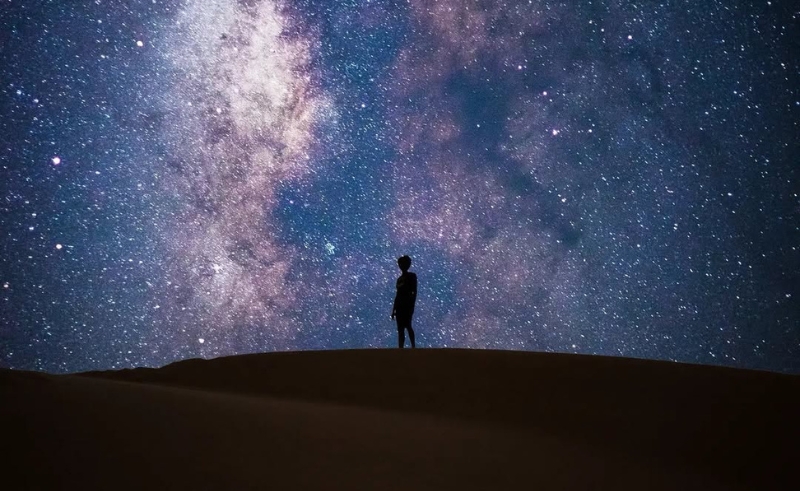 A lone figure beneath the Milky Way in Fayoum, where human presence meets the cosmic frame.
A lone figure beneath the Milky Way in Fayoum, where human presence meets the cosmic frame.
It’s not hard to see why Abdeltawab's work resonates so strongly. “There are places in Egypt people don’t even know exist,” he says. “Underwater. Over water. Ice. Desert. Foreigners always tell me the White and Black Deserts are some of the best places they’ve ever seen. And they’re right.”
When asked what destination still eludes him, he doesn’t hesitate: “Torres del Paine, Chile,” he says. “The scale, the isolation, it fits how I work. You have to move through it slowly to understand it."



